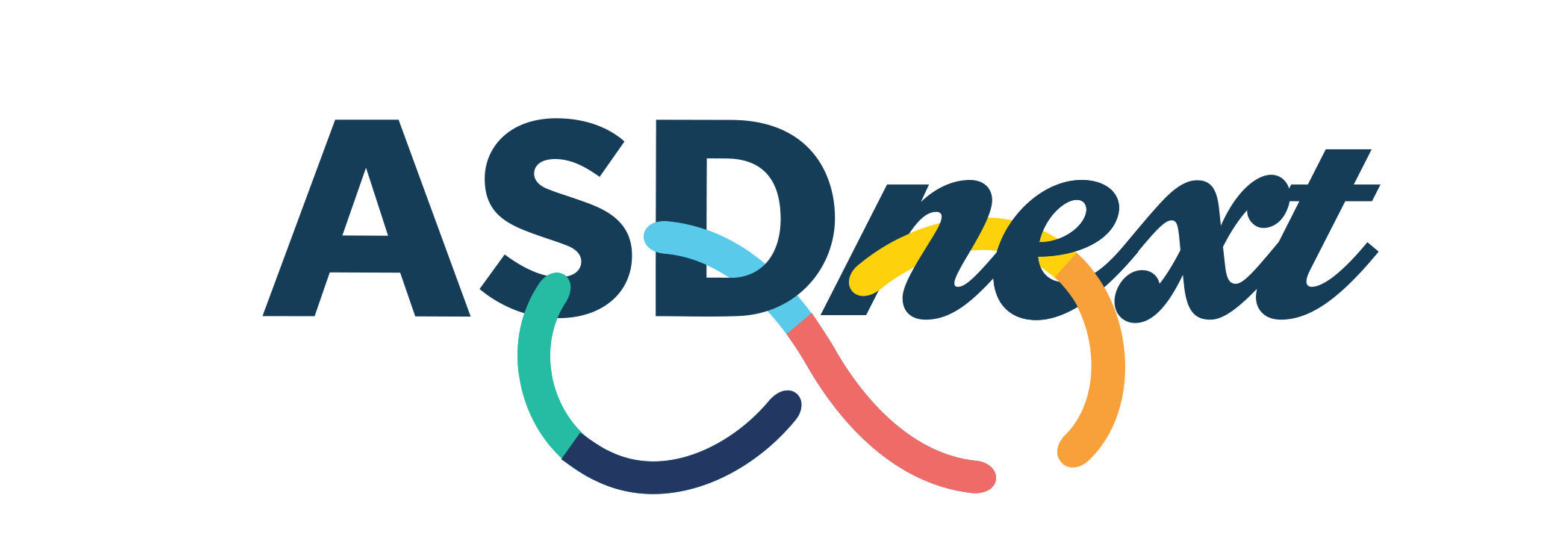Positive Approaches Journal, Volume 11, Issue 1
Shea & Wall | 55-60

Volume 11 ► Issue 1 ► May 2022
What Comes Next? Creating Programs and Understanding Priorities for Autistic Adults as They Age
Lindsay Shea and Nina
Wall
The first prevalence of autism spectrum disorder was generated more than 50 years ago. Studies to determine how often autism occurred were conducted among children in the 1960s and the 1970s and found a range of 2 to 4 cases per 10,000 children at sites in Europe and in the US.1,2 The most recent data published by the Centers for Disease Control and Prevention (CDC) in the United States (US) identified that 1 in 44 children met criteria for an autism diagnosis in 2018.3
As the prevalence of autism has increased rapidly, research focused on autism has grown as well. Summaries of research spending have reported that almost $300 million was allocated by the National Institutes of Health (NIH) for autism research in 2019 alone. Across NIH, most funding routed through the National Institute of Mental Health (60%), the Eunice Kennedy Shriver National Institute of Child Health and Human Development (13.8%), and the National Institute of Neurological Disorders and Stroke (10.3%).4
Understanding how often autism occurs and conducting research on interventions to support individuals and families are critically important priorities. These efforts inform future programs and planning, as well as next steps for research activities. Neither, however, provide a roadmap for how to support individuals on the autism spectrum who are living and aging today.
Pennsylvania has created new models and mechanisms to work toward understanding and addressing the needs of autistic adults. The Pennsylvania Bureau of Supports for Autism and Special Populations (BSASP, formerly known as the Bureau of Autism Services) housed within the Office of Developmental Programs (ODP), Department of Human Services (DHS) was the first to put into place programs to support autistic individuals specifically focused on adults in 2008. Driven by the voice of the Pennsylvania autism community, convened through a statewide Autism Taskforce, two new Medicaid programs were launched – the Adult Autism Waiver (AAW) and the Adult Community Autism Program (ACAP). AAW and ACAP represented distinctly innovative program options for autistic adults because they were designed to address the unique and varied needs of adults on the autism spectrum, irrespective of a co-occurring Intellectual Disability (ID) diagnosis, which is a requirement of many child and adult Medicaid programs in the US. AAW and ACAP also provide a traditional, fee-for-service 1915(c) waiver (AAW) and a managed care model (ACAP), where both physical and mental or behavioral supports are coordinated. The emphasis on services to support employment, skill building, and on the integration of Applied Behavior Analysis (ABA) and Positive Behavior Supports (PBS) are nation-leading in prioritizing and deploying these service elements to an adult autistic population.
In 2017, ODP announced new eligibility criteria for waiver programs that allowed enrollment for autistic individuals who do not have intellectual disability (ID). The same programs also created a new option for enrollment if a younger child (under the age of 8) is experiencing developmental delays and is likely to be diagnosed with a developmental disability (including ID or autism). ODP supports more than 55,000 individuals, resulting in an expanded reach of these eligibility changes for autistic individuals and children with developmental delays.
Other states have sought to learn about and replicate the Pennsylvania models for adult services as innovative shifts beyond the needs of children. The work to build and sustain these programs has proved daunting as both research and practice have not kept pace. Without evidence-based information to guide providers, ODP’s BSASP has sought to build expertise from key team components, including a Clinical Team, to generate resources and supports based on their own experiences in communities, in residential facilities, and otherwise in the field. Active engagement with the Pennsylvania autism stakeholder community and monitoring of emerging research to inform training and outreach efforts has been a primary support for ongoing ODP BSASP program activities. Building and disseminating this information is a daunting task in the large geographic spread of Pennsylvania, but new methods for communicating, training, and connecting have been spurred forward by continuing need and a lack of robust evidence to inform practice on-the-ground from research. ODP’s BSASP supports the Autism Services, Education, Resources, and Training Collaborative (ASERT) in providing additional linkages to service development opportunities, informed by new projects and research. ASERT represents partnerships at 3 sites across Pennsylvania based at academic institutions and medical hospitals. ASERT generates resources, supports autistic individuals and their caregivers, and conducts programmatic initiatives.
Across the US, the
development of new waivers to serve autistic individuals is growing and states
are using other mechanisms leveraged in Pennsylvania, such as expanding
eligibility of existing programs to include autistic individuals. There have
been calls to action from the autistic adult community, including
self-advocates, and their families to ensure that there are programs available
and research underway that extend beyond early adulthood but also throughout
the lifespan. In the last round of funding, the CDC added a mechanism for
examining autism prevalence among 16-year-olds, in addition to their surveillance
work focused on 4- and 8-year-olds. A new journal, “Autism in Adulthood”, has
launched recently and has featured research that includes and is led by
autistic adults and autistic researchers to ensure their lived experience
informs the work emerging from the peer-reviewed studies that it publishes. A
recent search of the list of Medicaid waivers yields several new
autism-specific or autism-inclusive waivers in other states, including two in
Maine.
The voices of autistic individuals and their families have drawn increasing attention to the needs of the autistic community and to challenge the systems of care to prepare to meet the needs of this group as it ages. In alignment with national dialogue focused on understanding and addressing the needs of individuals from diverse racial and ethnic groups and across socioeconomic status, examining these differences among autistic individuals and their families will be key to working toward equity in access to needed care.
References
1. Lotter V. Epidemiology of autistic conditions in young children. Social Psychiatry. 1966;1(3):124-135. doi:10.1007/bf00584048.
2. Treffert DA. Epidemiology of Infantile Autism. Archives of General Psychiatry. 1970;22(5):431. doi:10.1001/archpsyc.1970.01740290047006.
3.
Shaw KA, Maenner MJ,
Bakian AV, et al. Early Identification of Autism Spectrum Disorder Among
Children Aged 4 Years — Autism and Developmental Disabilities Monitoring
Network, 11 Sites, United States, 2018. MMWR Surveillance Summaries.
2021;70(10):1-14. doi:10.15585/mmwr.ss7010a1
4. Funding for autism research, explained. Spectrum | Autism Research News. Published May 25, 2020. Accessed April 12, 2022. http://www.spectrumnews.org/news/funding-for-autism-research-explained/
Biographies
Lindsay Shea is a Senior Healthcare Analyst supporting data and policy efforts in ODP’s BSASP. She is also an Associate Professor at Drexel University, and holds a master’s degree in social policy from the University of Pennsylvania and a doctoral degree in health policy from Drexel University.
Nina Wall serves as the Director of the BSASP in the ODP, DHS. She completed her graduate studies at Bryn Mawr College's Graduate School of Social Work and Social Research and is a Licensed Social Worker. She is the parent of a young man with ASD.
Contact Information
Lindsay Shea
Office of Developmental Programs, Bureau of Supports for Autism and Special Populations
Senior Healthcare Analyst
570-850-2948
Nina Wall
Office of Developmental Programs, Bureau of Supports for Autism and Special Populations
Director
717 265-8960




